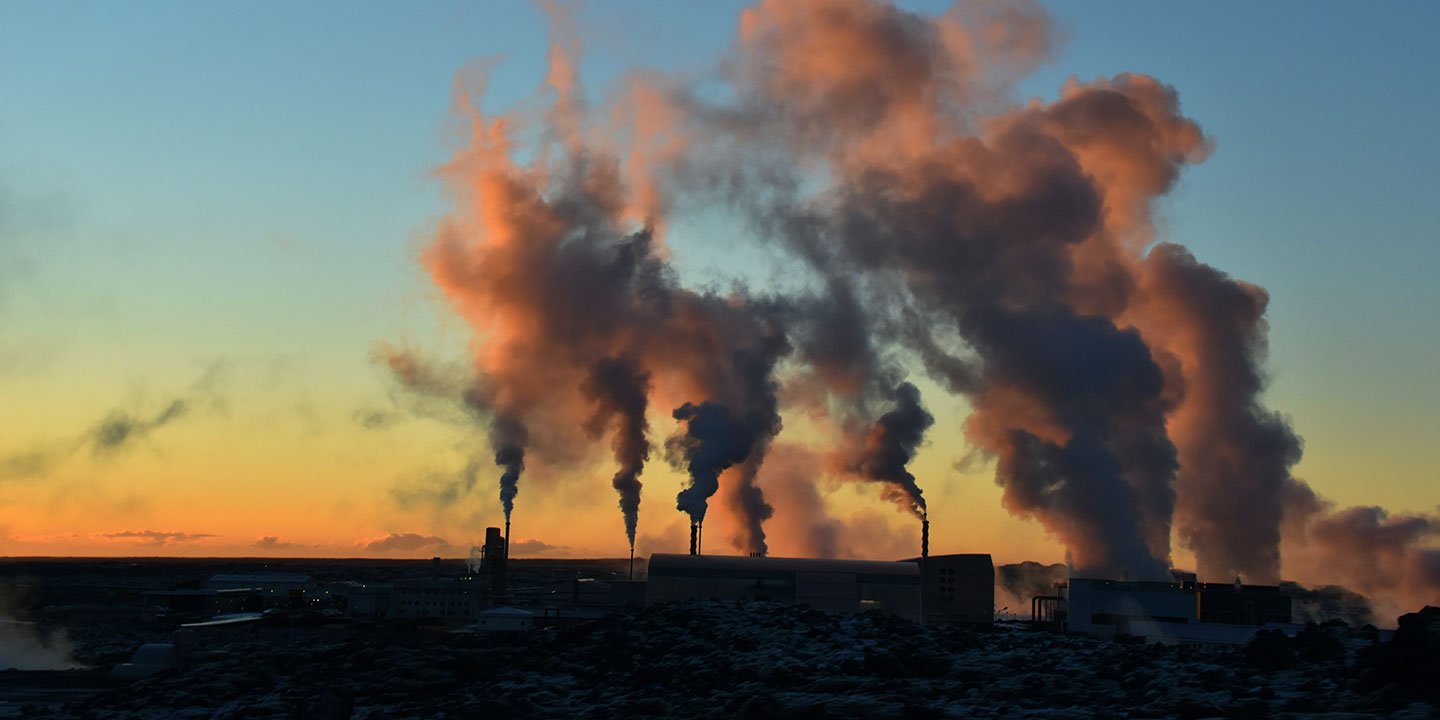
Toxicity
Take the Detoxification Questionnaire
Introduction
We live in a toxic world. During the Industrial Age we have filled our air, rivers, oceans, soil, and our food supply with toxic metals (see heavy metals section) and chemicals, biological toxins, electrical and electromagnetic toxicity, as well as ionizing radiation. Since 1913 there have been over 90,000 petrochemicals introduced into the world. The EPA has shown that 100% of human fat has carcinogenic dioxins, PCBs, and styrene. Xenoestrogens are thought to be responsible for a 30% reduction in male fertility. They have even found Teflon in the DNA of polar bears!
Curiously, we find disorders like autoimmune disease, cancer, heart disease, joint diseases, osteoporosis, and prostate issues as part of the “normal aging process”, rather than a “dis-ease” produced by our toxic environment leading to a total toxic body burden that in turn leads to premature aging and death.
Environment Medicine (EM) is a branch of medicine that looks for the physical, mental, or emotional health effects from exposure to toxic substances. EM at its best uses a holistic approach to multiple factors of health to evaluate how various toxins, pollutants, chemicals, and microbes (see fungal, yeast, and mycotoxin section) may be compromising our well-being. Toxicity as evaluated in EM is a fundamental part of understanding the contributing factors of Chronic Inflammatory Illness.
This section, and the Essentials Detoxification Questionnaire, will explore what could be an underlying factor in our health and well-being. We will be considering toxic substances like:
Benzene, Butadiene, Formaldehyde, Methacrylates, Toluene, Xylene, and 4-PC found in carpets
Chlorpyrifos and other pesticides
Chemicals in city water (over 500 found by various studies)
Disinfectants: Chlorine
Environmental Endocrine Disruptors (EEDs)
HCBs
Methylmercury and other heavy metals (HM)
Organic chemicals
Organophosphates (OPCs)
Parabens
Perfluorocarbons (PFCs)
Persistent organic pollutants (POPs)
Phthalates (cosmetics)
Polychlorinated biphenyls (PCB) and dioxins from plastic manufacturing
Polycyclic aromatic hydrocarbons (PAHs)
Styrenes
Sulfur and nitrogen oxides
Volatile organic compounds (VOCs)
Xenobiotics/Xenoestrogens like plastics (BPA)
The field of toxicology studies how our bodies respond to various substances. We know that everyone does not respond to specific substances in the same way. There are multiple aspects that need to be considered when evaluating an individual’s susceptibility to toxins. Here are just a few:
Age and gender of the person
Amount or quantity of exposure
Duration of the exposure
Efficacy of the organs of elimination
Individual genetics
Nature of the toxins
Possibility of exposure to multiple toxins
Other medical conditions (comorbidities) such as heart disease, diabetes, etc
We are interested in all of the above to determine the build-up over time of these toxic materials. As our organs of elimination become overwhelmed, we are less effective at clearing these undesirable substances and can result in ”dis-ease”. Also we must consider that patients with underlying slow growing infections can result in another burden that our detoxification systems need to clear.
Again, being exposed to a toxicant or toxin does not mean that you will become sick from that exposure. Whether a specific toxic substance undermines your well-being is highly individual. One patient can smoke cigarettes for years and never develop cancer, while another could develop lung cancer after smoking for a short time, and still others may have never smoked a day in their life but have genomics such as an unfavorable detoxification system that when combined with toxins results in lung cancer.